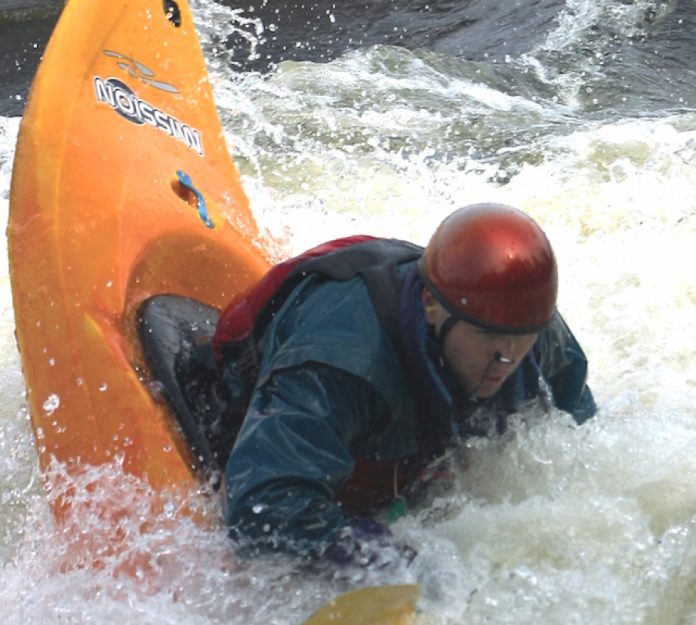For those who enjoy grabbing centre strage when throwing down, the ledges of the Winooski River are the place to be. Enter stage left or right for low water-water summertime play less than two hours’ drive soouth of Montreal.
On its way to Lake Champlain and the St. Lawrence, the Winooski flows between the cities of Burlington and Winooski over several bedrock ledges creating a range of features from wave holes to pourovers and falls.
The historic riverside textile mills have been renovated with office space, shopping, dining, a music venue, and observation decks. Diners at the Champlain Mill restaurant watching the action from outdoor seating or floor-to-ceiling windows reward diligent boaters with cheers for big moves and good downtime. If you head in after a session, someone just might offer you a congratulatory drink.
Numerous boaters say the ledges represent the best potential whitewater park in the state. With the city of Winooski undertaking a revitalization project to make the river a more central feature downtown—complete with river-side greens, paths, and more viewing— the time is ripe.
When the water is high, Vermont’s boaters go off in search of the Green Mountain State’s secret stashes. Summertime, when the levels on creek runs drop, local rippers and weekend warriors line up for the Winooski’s waves, holes and falls, or sit on the ledges and talk shop about big spring runs. Damon Bungard, a fixture at the Mill, calls the pourover “extremely con- sistent.”
“I think the record is over 40 ends.”
For the après paddle, head into Burlington to walk the pedestrian strip with college students and locals. Or if you aren’t ready to check out the nightlife when the sun goes down, the lights from the twin cities of Winooski and Burlington provide an eerie glow to the sparkling falls.
The Goods
Where:
Low-water summertime play
Take Interstate 89 to the Winooski exit. Head toward Winooski on Route 2/7 and find the large Champlain Mill building. Park in the back and put in on river right, or cross the bridge and turn into the Chase Mill parking lot for slightly easier access on river left. Paddlers should be respectful of the Chase Mill businesses and park as far upstream as possible, away from the main building in the overflow lot.
How:
The Mill section of the river is sandwiched between two dams. The upstream dam is not visible from the put-in, but scout the downstream dam and beware of it when the water pushes up over 15,000 cfs. At this level there is a small margin for error above the dam, and an accidental run of the drop would be very unpleasant. The main flow zigzags over the ledges, from river left to river right.
When:
Look for flow info in cubic feet per second (cfs) online at waterdata.usgs.gov/vt/nwis/current/?type=flow under “Winooski River near Essex Junction.” Flows above 400 cfs make for fun and relaxed play. Above about 1,000 cfs, the main pourover on the bottom ledge can get a bit sticky. Those looking for more dynamic features or a quick thrill ride down the stair-step ledges should come in the spring or after big rainstorms. At high water the pourover features become overly retentive, but some wave holes come in that allow for new-school moves. Look for glassy waves, breaking waves, and holes below the ledges with flows over 2,000 cfs.
Who:
The Vermont Paddlers Club sponsors sessions at the spot most weeks.
Why:
You love the attention.
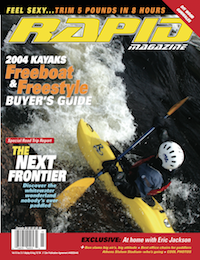
This article first appeared in the Summer 2004 issue of Rapid Magazine.



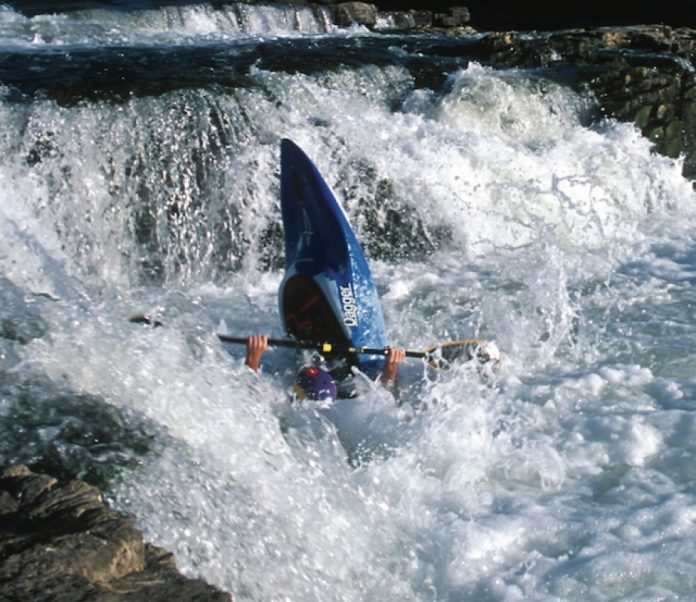
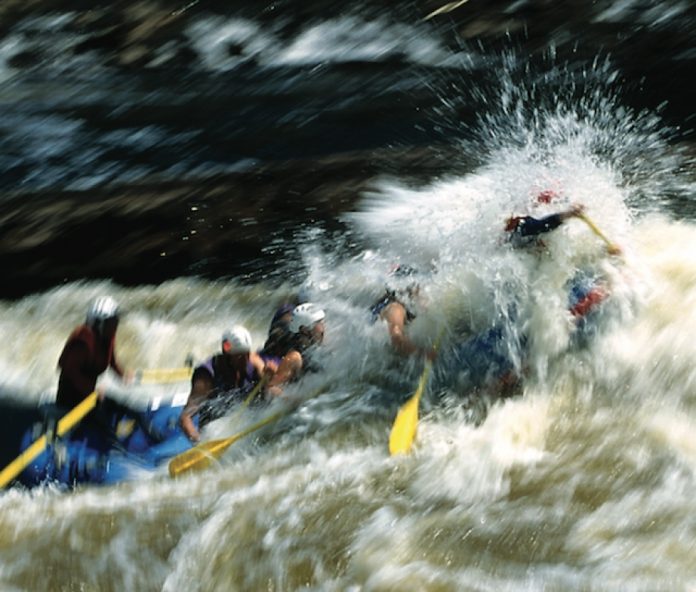
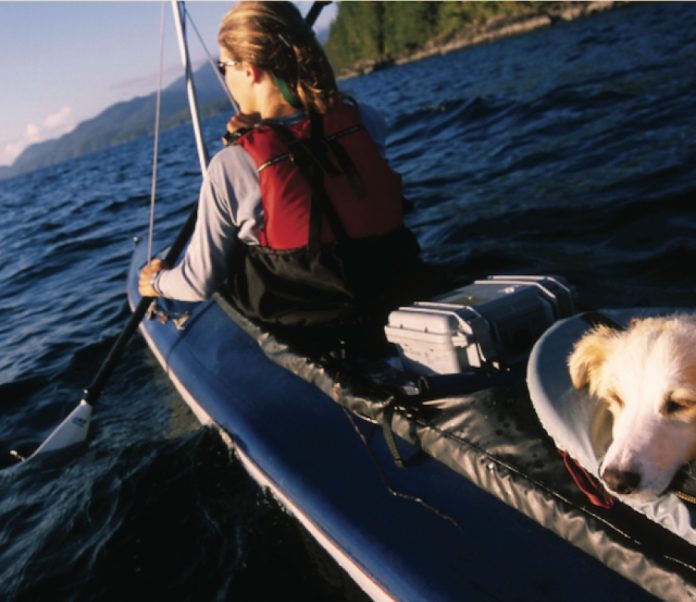
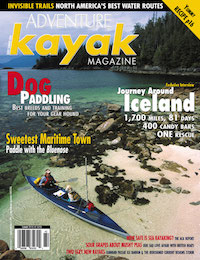 This article first appeared in the Summer 2004 issue of Adventure Kayak Magazine. For more great content, subscribe to Adventure Kayak’s print and digital editions
This article first appeared in the Summer 2004 issue of Adventure Kayak Magazine. For more great content, subscribe to Adventure Kayak’s print and digital editions 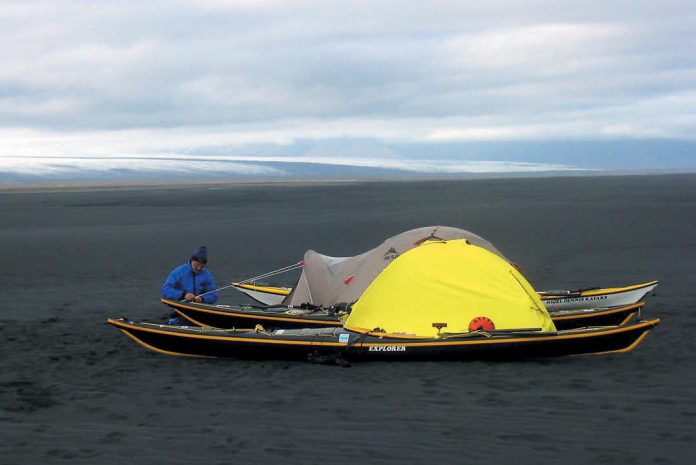
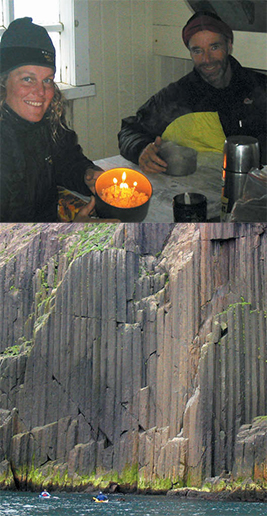

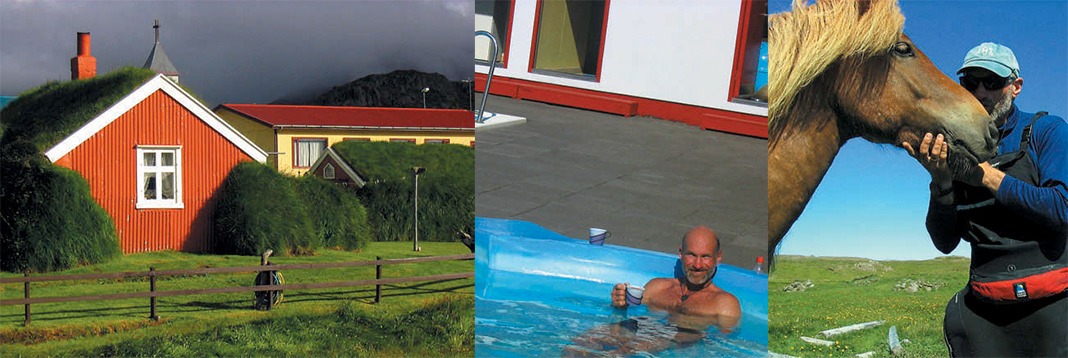
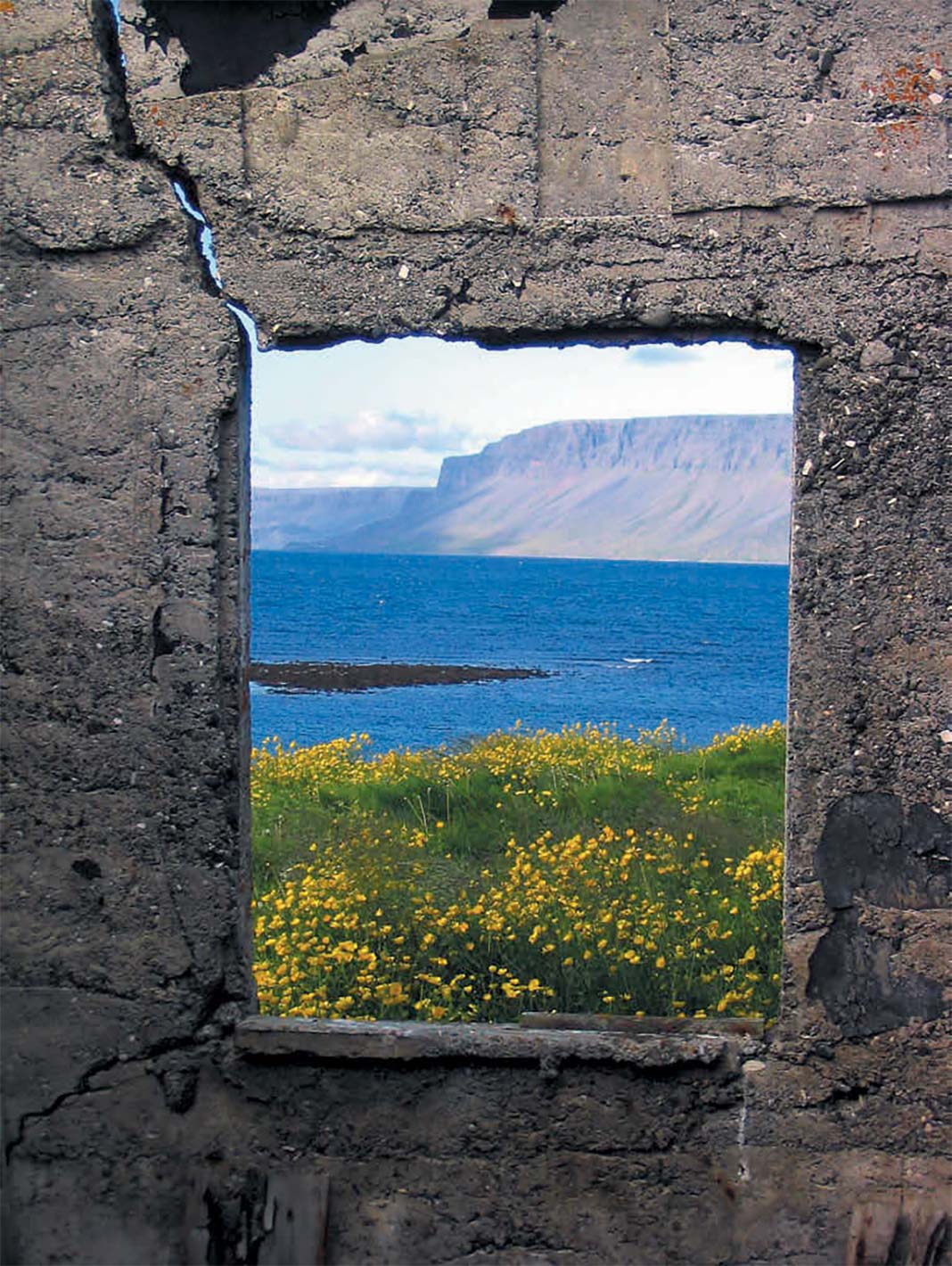
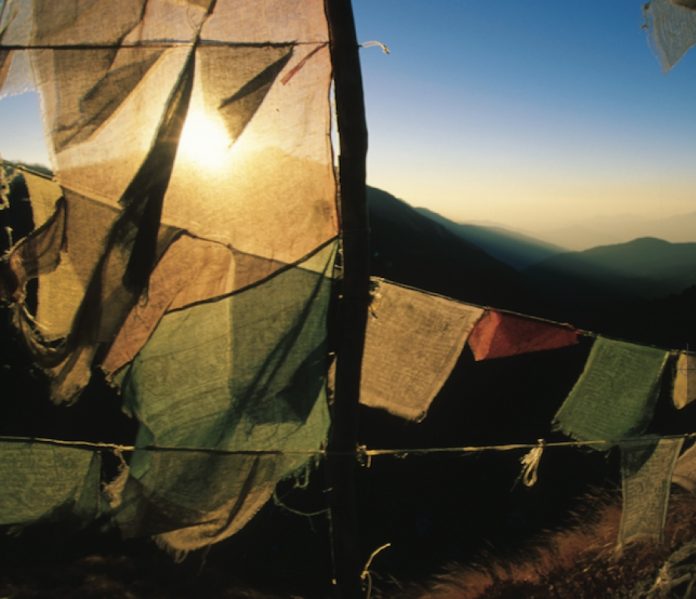
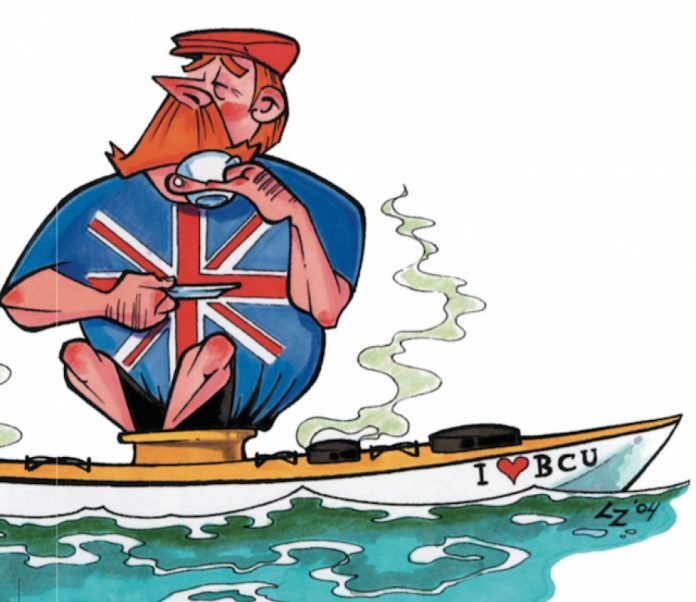
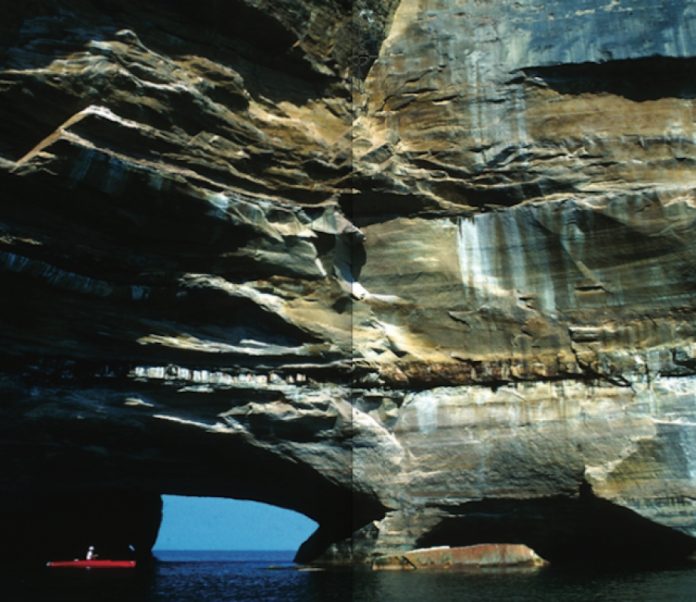
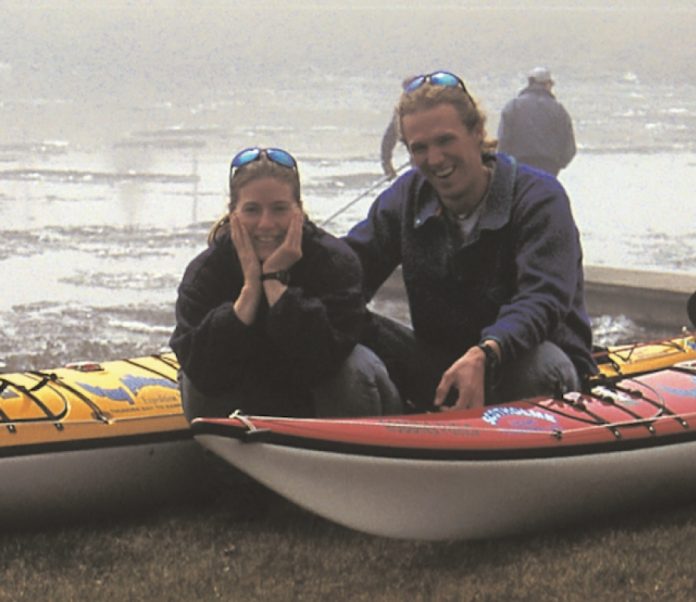
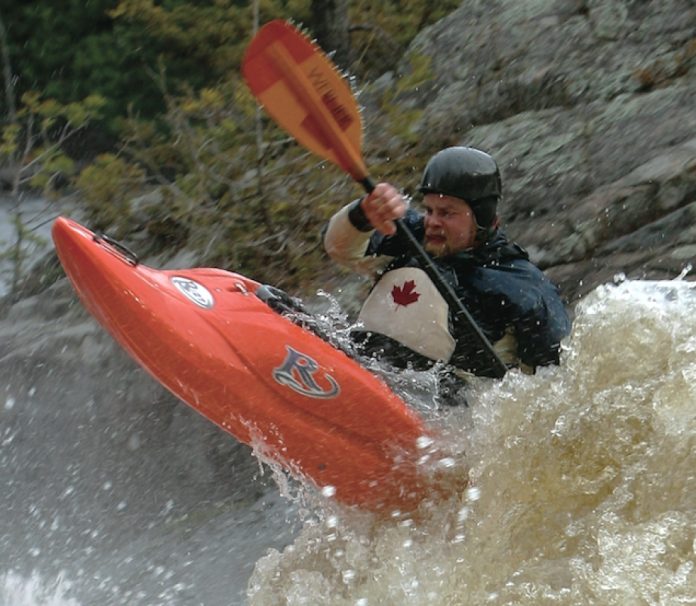
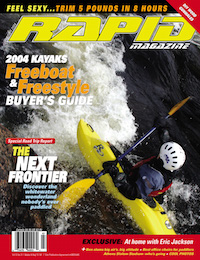 This article first appeared in the Summer 2004 issue of Rapid Magazine. For more great boat reviews, subscribe to Rapid’s print and digital editions
This article first appeared in the Summer 2004 issue of Rapid Magazine. For more great boat reviews, subscribe to Rapid’s print and digital editions 